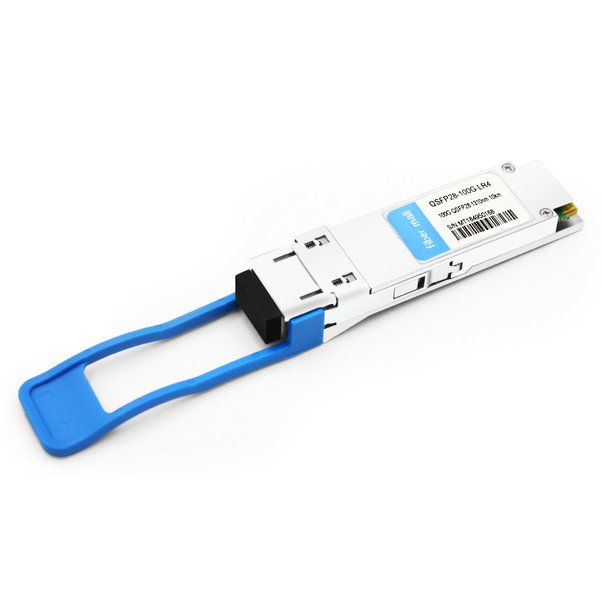In today’s rapidly advancing digital landscape, high-speed connectivity is paramount. The demand for faster and more efficient data transmission has led to the development of advanced networking technologies.
One such technology that has gained significant prominence is the QSFP28 (Quad Small Form-factor Pluggable 28) module. In this article, we will explore the impressive range of QSFP28 and its role in enabling high-speed connectivity.
What is QSFP28?
QSFP28 is a compact, hot-pluggable transceiver module widely used in data centers and high-performance computing environments. It is designed to support data rates of up to 100 gigabits per second (Gbps) over a single optical fiber or copper cable.
The “28” in the name refers to its ability to support 28 lanes, each operating at a speed of 25 Gbps, providing a total aggregate bandwidth of 100 Gbps.
Range of QSFP28:
1.Distance Capability:
QSFP28 offers an impressive range that caters to various networking requirements. When used with single-mode fiber (SMF), QSFP28 modules can transmit data over distances of up to 10 kilometers (6.2 miles). This makes them ideal for long-haul applications, connecting data centers across large distances.
For shorter distances, QSFP28 modules are also compatible with multi-mode fiber (MMF), enabling transmission distances of up to 100 meters (328 feet). This makes them suitable for intra-data center connections or high-density deployments where a compact form factor is crucial.
2. Bi-Directional Transmission:
QSFP28 modules support bi-directional (BiDi) transmission, which allows for simultaneous data transmission and reception over a single fiber strand. By using wavelength division multiplexing technology.
BiDi QSFP28 modules can achieve 100 Gbps connectivity using just two fibers—one for transmit and one for receive. This capability is cost-effective and ideal for scenarios where fiber availability is limited.
3. Breakout Capability:
Another noteworthy feature of QSFP28 is its breakout capability. With breakout functionality, a single QSFP28 module can be divided into four separate 25 Gbps channels, allowing for increased flexibility and scalability in network design.
This means that a QSFP28 module can simultaneously operate as four independent 25 Gbps transceivers. It can be used to connect four servers or switches with 25 Gbps connections, enabling efficient resource allocation and reducing cabling complexity.
4. High-Speed Interconnects:
QSFP28 is widely adopted for high-speed interconnects in modern data centers. Its versatility and high data rate make it suitable for various applications, including server-to-switch connections, switch-to-switch connections, and storage area network (SAN) deployments.
The range of QSFP28 enables efficient and reliable data transmission across different network topologies, ensuring smooth operations in demanding environments.
Conclusion:
In the era of exponential data growth, the range of QSFP28 plays a vital role in meeting the escalating demands for high-speed connectivity.
Its ability to transmit data over long distances, support BiDi transmission, offer breakout capability, and enable high-speed interconnects makes QSFP28 a preferred choice for data centers and high-performance computing environments.
As technology continues to evolve, QSFP28 will likely remain a critical component in building robust and efficient networks capable of handling the ever-increasing data demands of the future.

